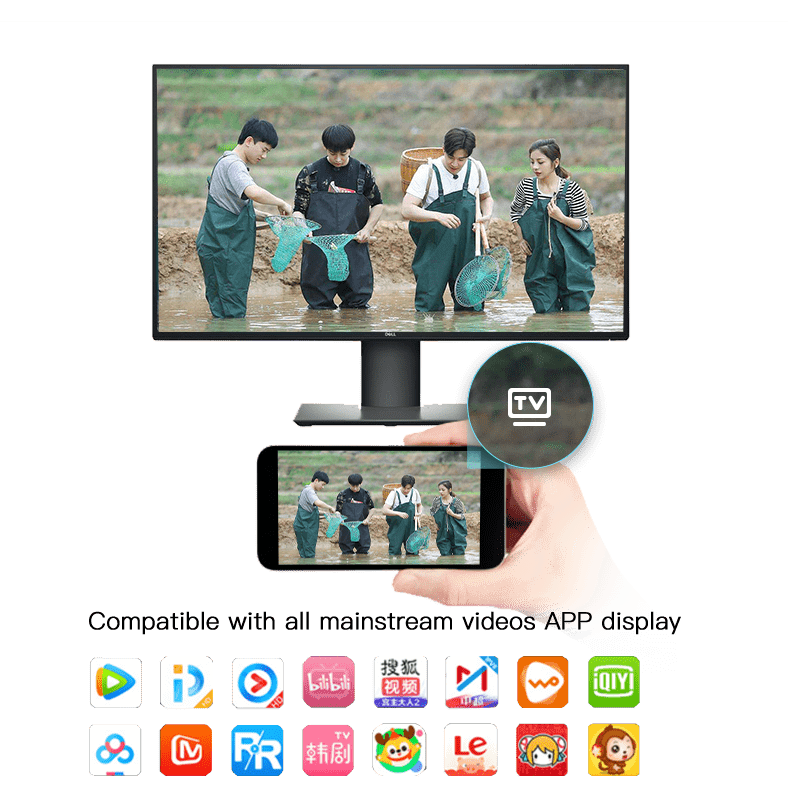Detailed introduction to Android DLNA screen projection
Android DLNA (Digital Living Network Alliance) screen projection is a technology that allows Android devices to share wireless audio & video data with other DLNA-enabled devices (such as smart TVs, projectors, etc.). Here is a detailed introduction to Android DLNA screen projection:
Device ready and connected
-
Check device support:
- Android devices: Most modern Android devices have built-in DLNA functionality, but it is recommended to check the device’s settings or refer to the device manual to confirm.
- Display devices: TVs, projectors, etc. need to support DLNA functionality and connect to the same Wi-Fi network as Android devices.
-
Network connection: Ensure that both Android devices and display devices are connected to the same Wi-Fi network, which is a prerequisite for DLNA projection.
Enable DLNA function
-
Television or display device:
- Go to the TV’s network settings or screen projection settings, find “DLNA” or a similar screen projection option, and turn it on. If the TV does not support DLNA or cannot find the relevant option, you cannot use this method to cast the screen.
-
Android devices:
- Enter the “Settings” menu of your phone.
- Find the “More Connections” or “Connect & Share” options (exact location may vary by phone brand and system version).
- In this option, look for settings related to DLNA or projection and make sure they are turned on. If you can’t find a specific option, it may be because the device manufacturer has integrated DLNA functionality into other projection settings, such as “projection” or “screen mirroring“.

Screen projection with DLNA
- Open the video APP: Open the video APP that supports DLNA, such as Tencent Video and iQIYI. It should be noted that not all APPs support DLNA screen projection function, so please make sure that the APP you use supports this function.
- Play video: Play the video you want to cast in the APP.
- Find Screen Projection Options: Find a Screen Projection or DLNA-related button or option in the playback interface. This button may usually be labeled “TV”, “Screen Projection”, or something similar.
- Select Device: After clicking the Cast or DLNA button, Android devices will search for nearby DLNA devices. Select a TV or other display device from the list of searched devices.
- Start screen projection: After the connection is successful, the video content on the Android phone will start to be transmitted to the TV or other display device through DLNA technology. At this point, you can watch the video content on the phone on the TV or other device.
With the above steps and precautions, users can easily stream content from their Android devices to their TVs via DLNA for viewing and sharing.